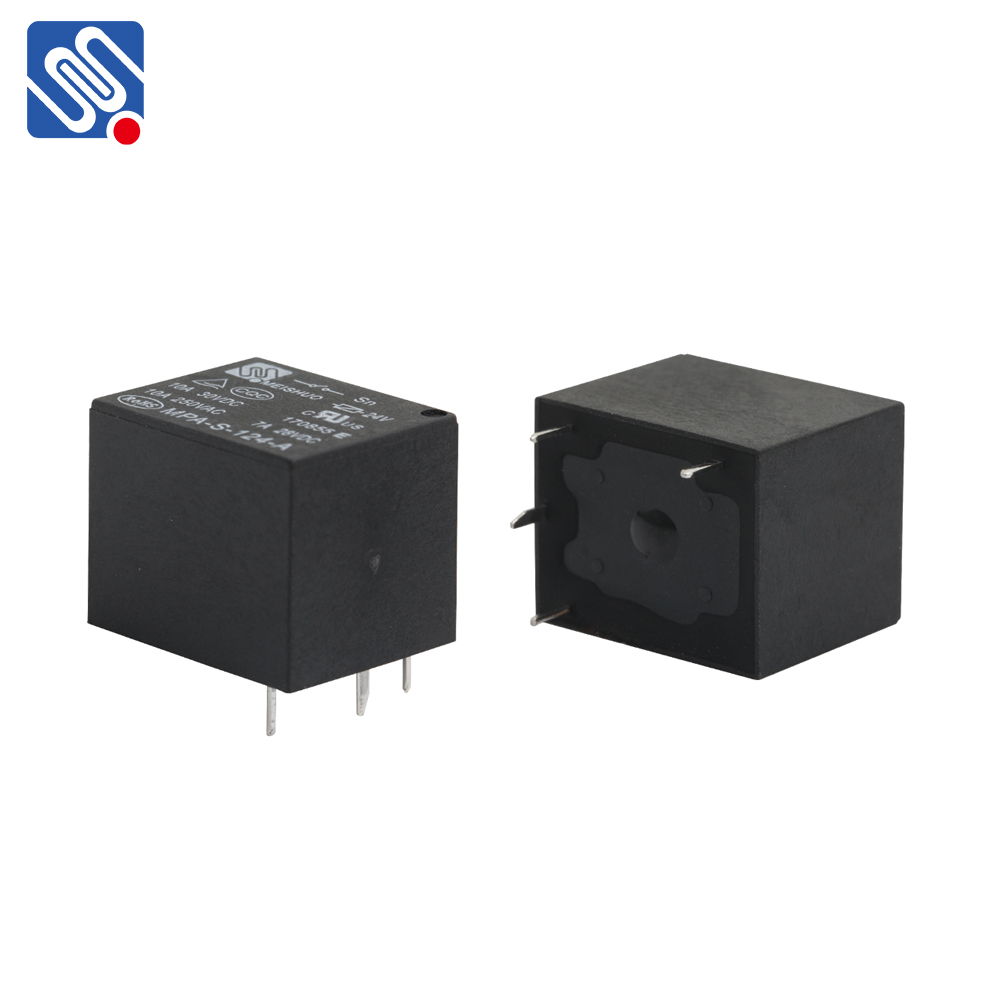Relay circuit design is a fundamental aspect of electrical engineering, enabling the control of high-power electrical circuits using low-power control signals. Relays are electromechanical devices that use an electromagnet to open or close a set of contacts, allowing the flow of electricity through a circuit. This simple yet powerful functionality has made relays indispensable in a wide range of applications, including automation, protection systems, and remote control circuits. In this article, we will explore the key components of relay circuit design, how they function, and some of their practical applications.

1. Introduction to Relay Circuits At its core, a relay is an electrical switch that opens and closes under the control of a low-power signal, often from a microcontroller, sensor, or switch. The most common type of relay consists of a coil, an armature, and contacts. When a current flows through the coil, it generates a magnetic field that attracts the armature, causing the contacts to move and either open or close the circuit. This allows relays to control high-voltage or high-current devices using a safe, low-voltage control signal. Relays are classified based on their switching mechanisms and the type of contacts they provide. The most common contact types are: